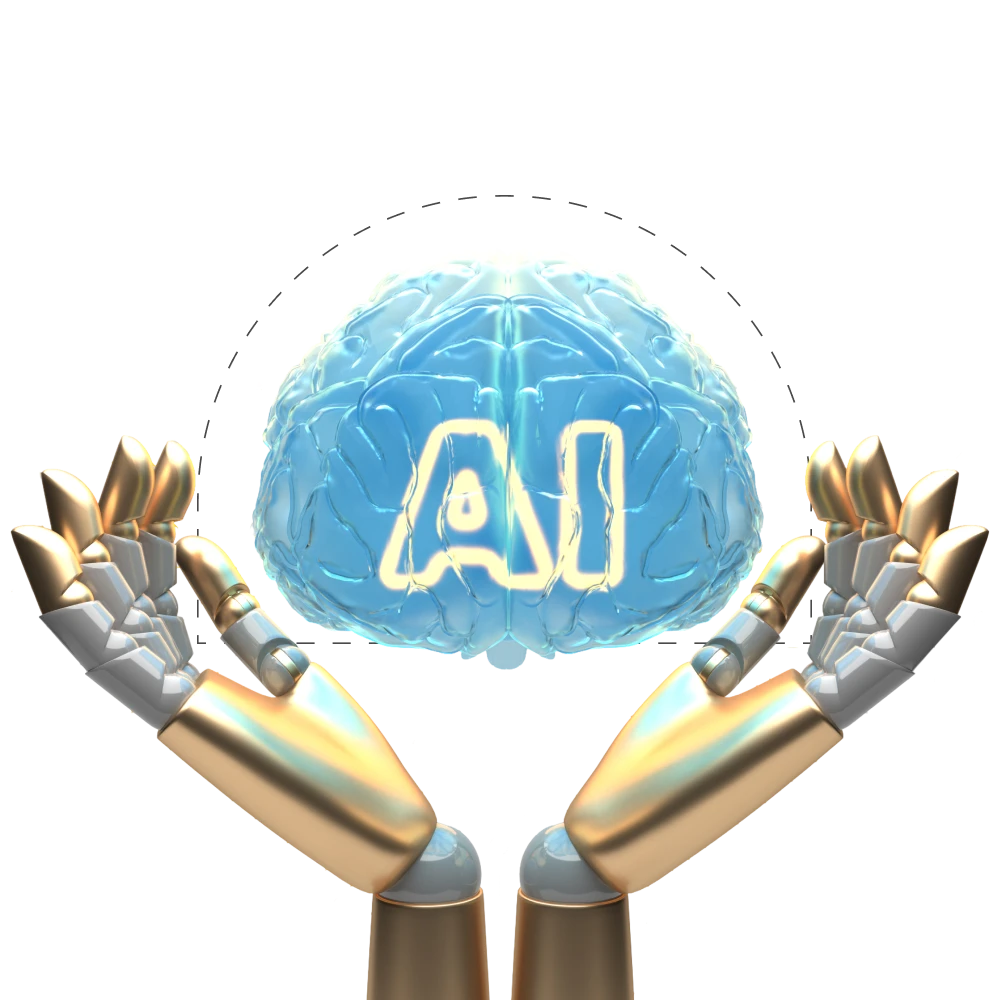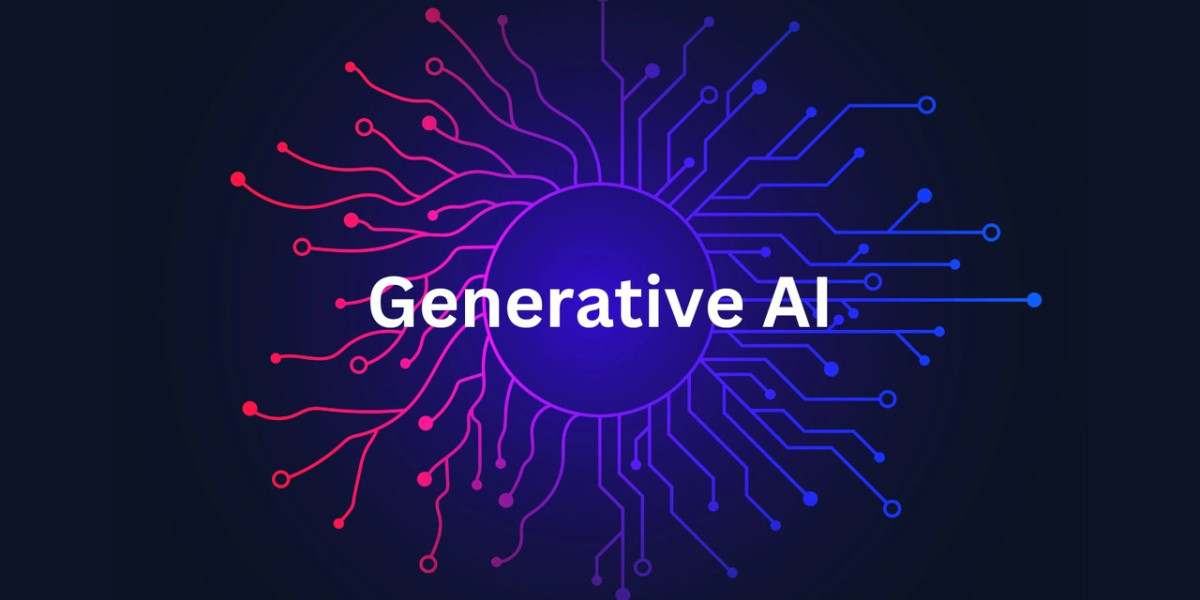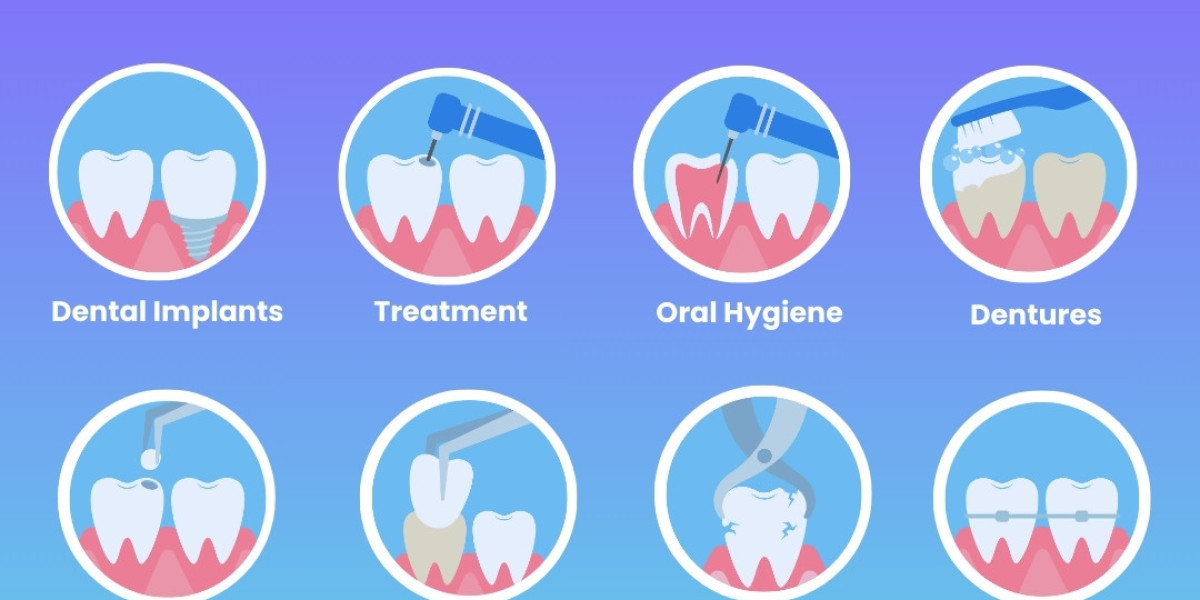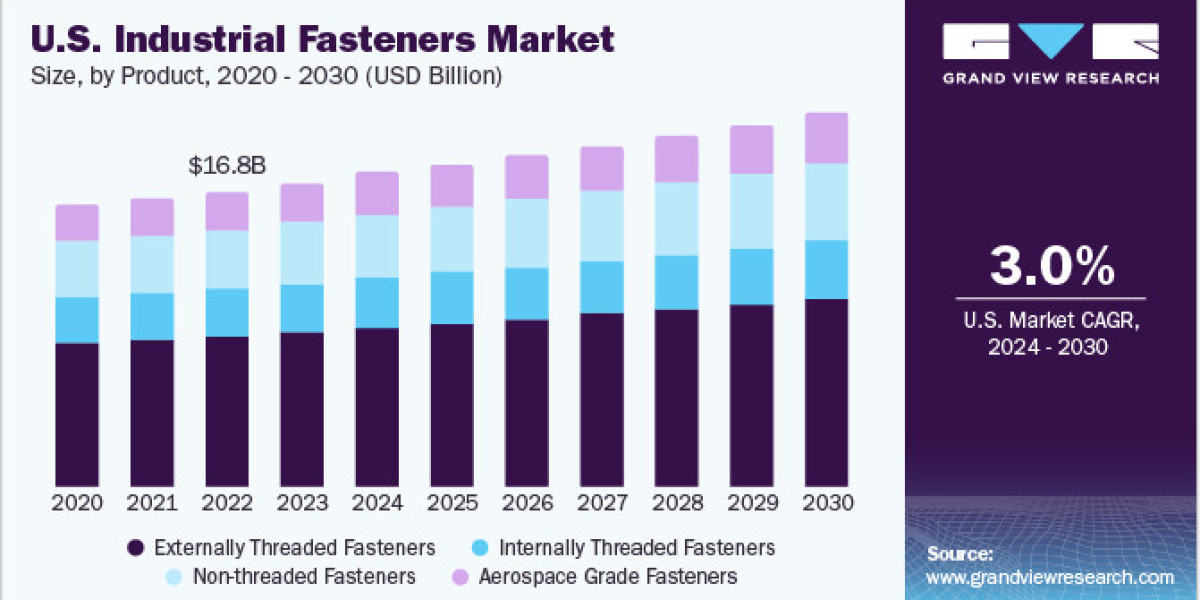Generative AI has revolutionized the world of technology, enabling machines to create content ranging from text and images to music and code. With the rise of generative AI solutions like OpenAI's GPT-4, Google's DeepMind, and other advanced platforms, developers now have access to powerful resources that make building innovative generative AI applications easier than ever. These tools enable automation in content creation and personalized experiences for users across industries.
Step 1: Understand Generative Models
Generative AI leverages models like GPT, GANs (Generative Adversarial Networks), and VAEs (Variational Autoencoders) to generate new data similar to the input it was trained on. Developers need to choose the right model based on the task—GPT for text generation, GANs for image creation, or VAEs for encoding-decoding processes.

Step 2: Data Preparation
Quality data is key to successful generative AI development. A model is only as good as the data it learns from. Gathering, cleaning, and annotating data helps ensure accurate and reliable outputs. Developers often rely on large datasets like GPT-3's training data, which includes billions of words, or create custom datasets tailored to specific tasks.
Step 3: Training the Model
Training generative models requires significant computational power. Developers should consider using cloud-based solutions like AWS, Google Cloud, or Microsoft Azure to access powerful GPUs and scalable resources. Fine-tuning pre-trained models like GPT-4 can also save time and computational resources.
Step 4: Deployment and Integration
Once the model is trained, the next step is deployment. Many platforms offer APIs to integrate generative AI into existing business systems. It's essential to focus on scalability, monitoring, and security during deployment to ensure smooth user experiences.
Generative AI development opens endless possibilities across industries such as marketing, healthcare, and entertainment. In marketing, generative AI is being used to automate ad copy, personalize customer experiences, and analyze vast amounts of data for better targeting. In healthcare, AI-driven models can generate synthetic medical data for research, create personalized treatment plans, and enhance diagnostic tools. In entertainment, generative AI helps in creating video game assets, producing music, and even developing storylines for movies. By staying on top of advancements in AI models and techniques, developers can tap into these opportunities and build transformative solutions that push the boundaries of innovation.








